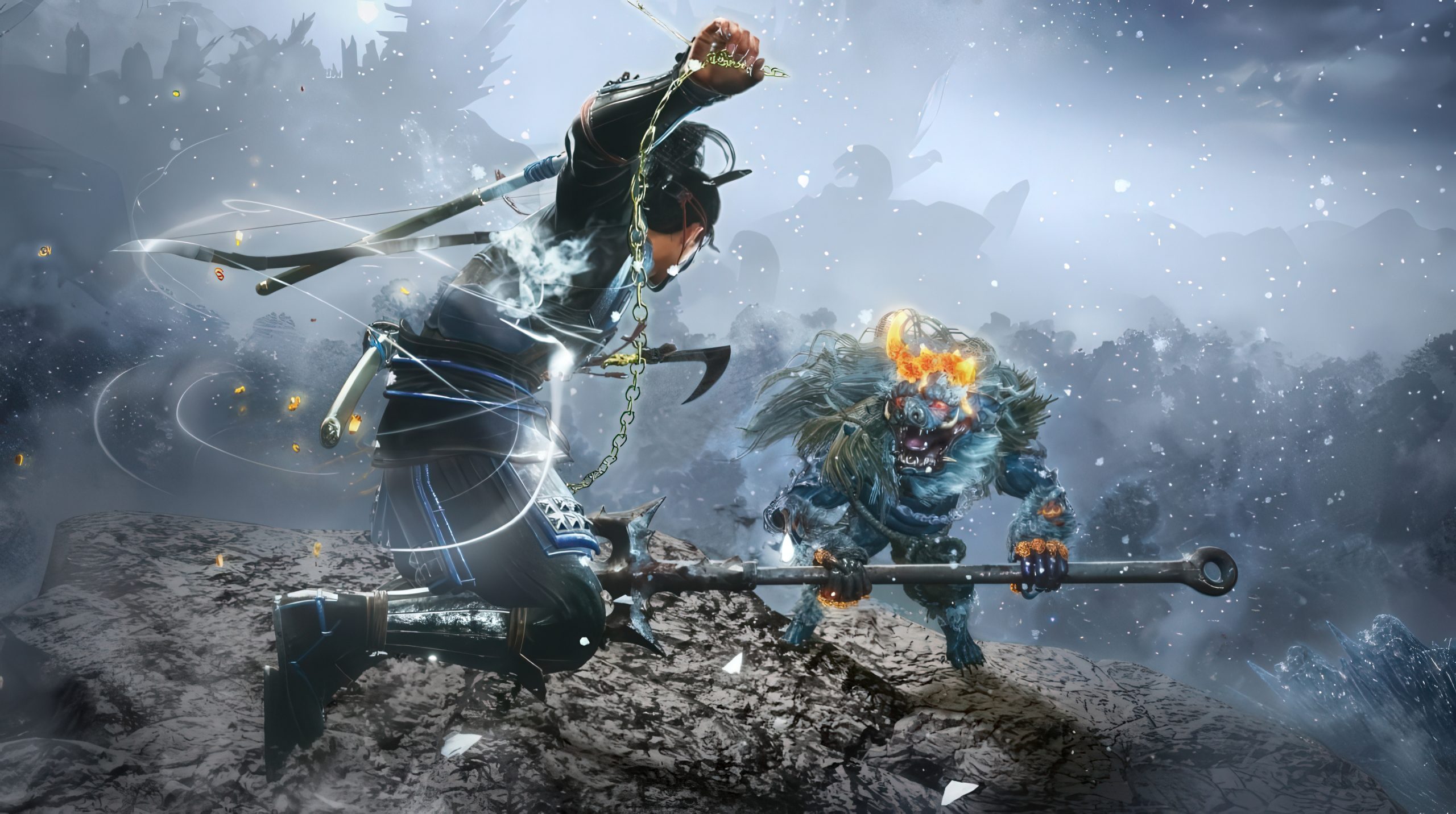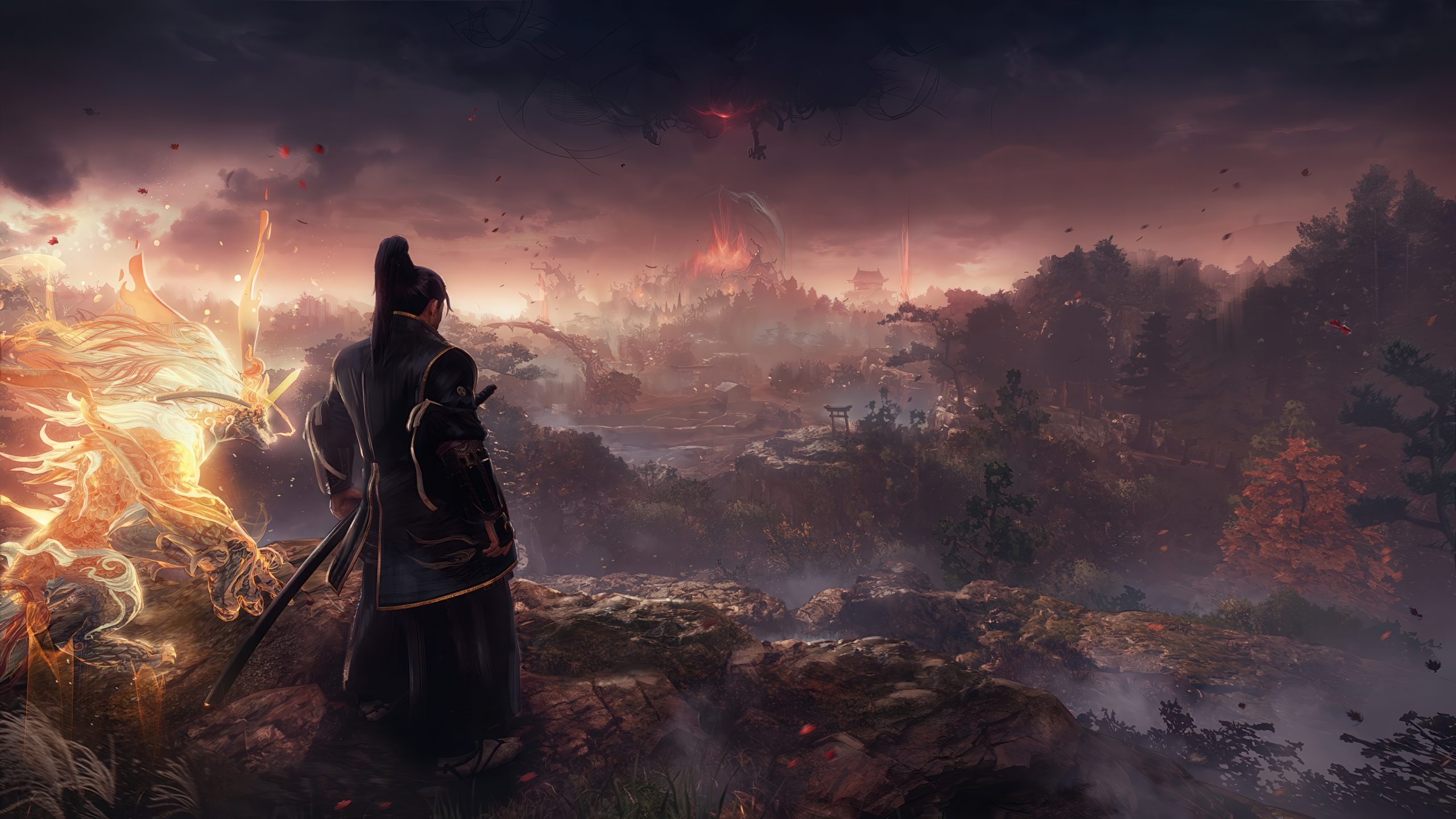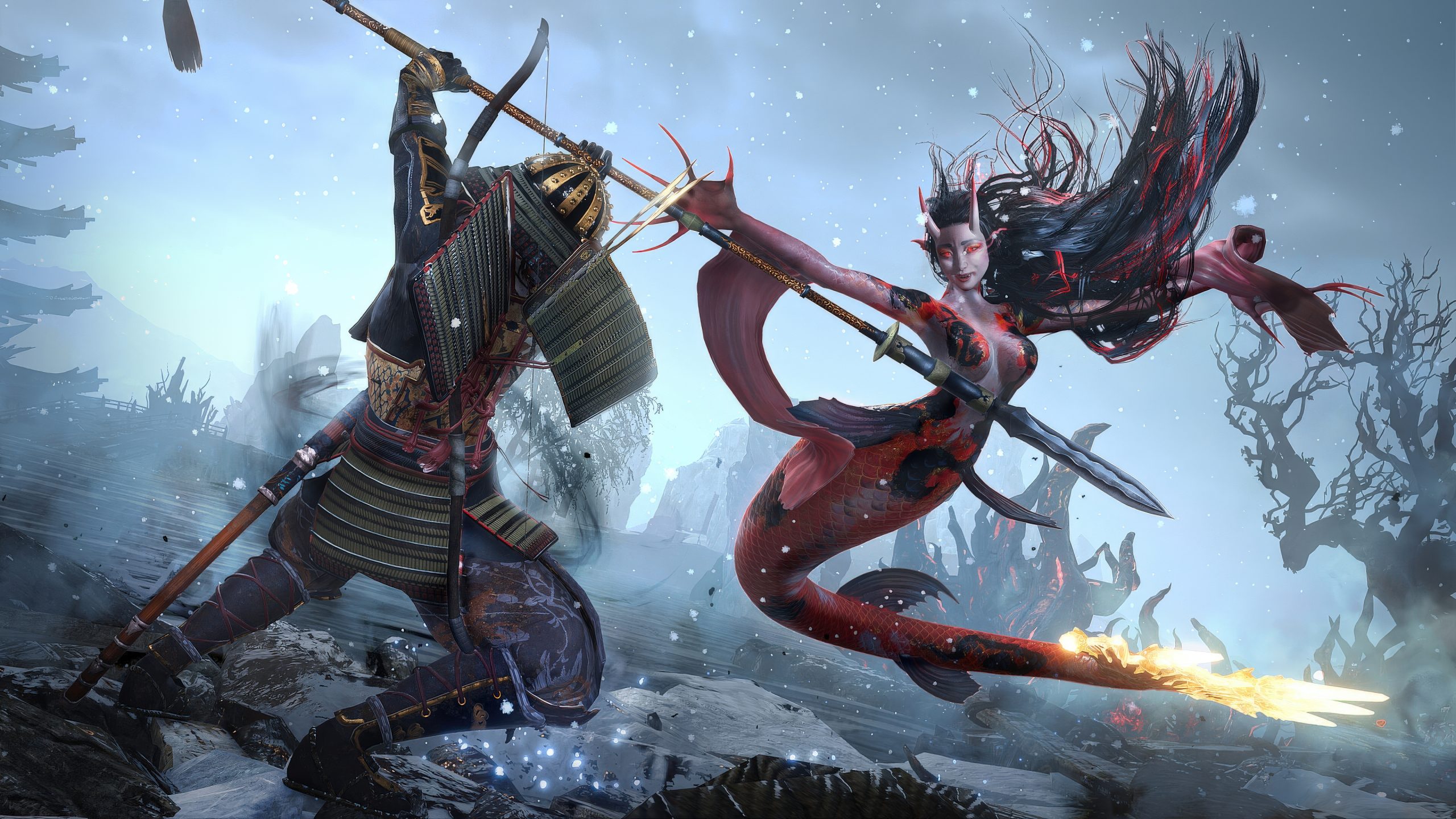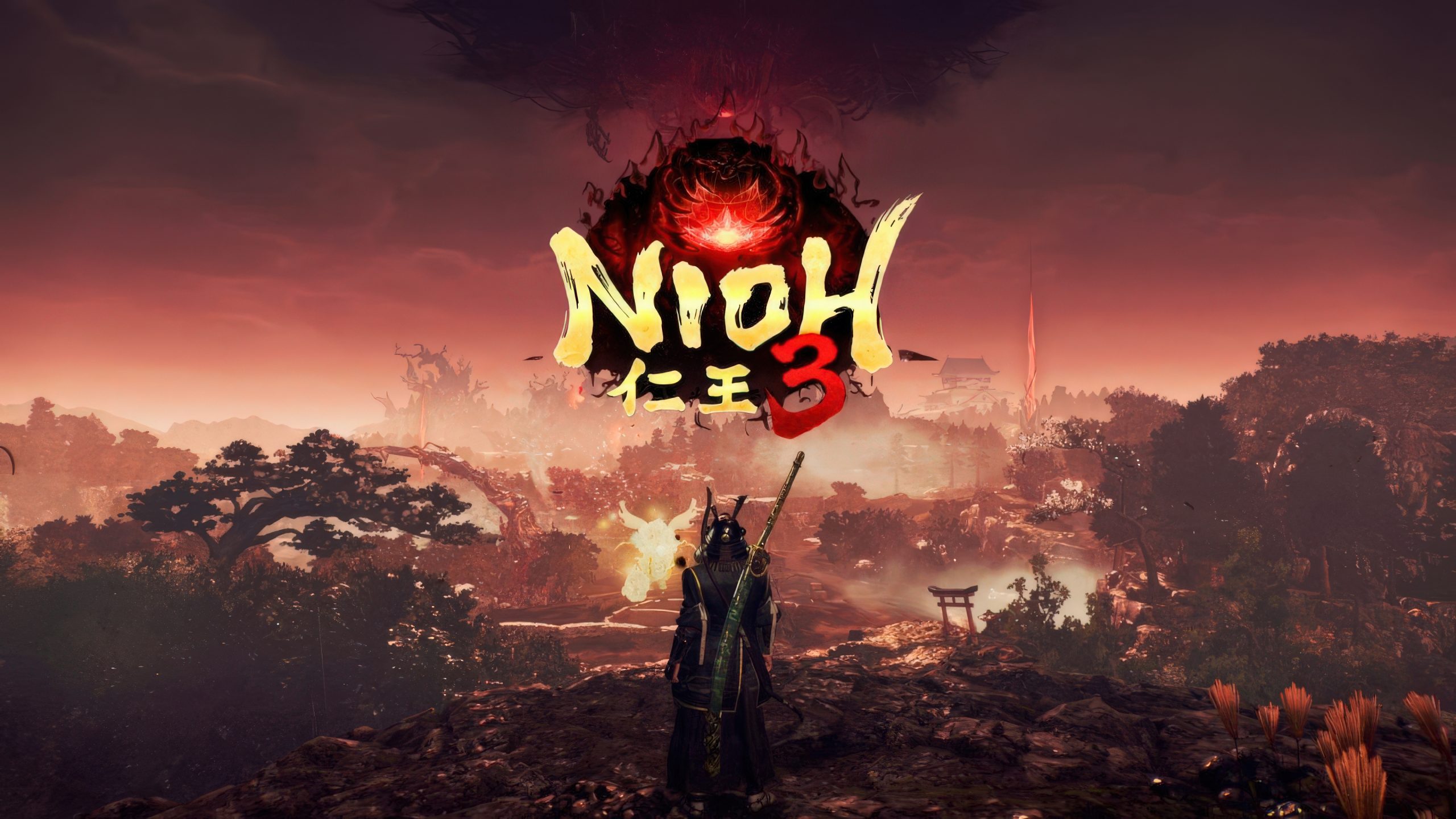Nioh 3 reimagines the saga that began with an Irish exile’s rise to samurai prominence, now weaving a narrative of temporal leaps and dual personas. Departing from its predecessors, Team Ninja shifts the series into uncharted eras, blending history with supernatural elements. Players embody the descendant of Tokugawa Ieyasu, mastering two divergent combat archetypes: the disciplined Samurai and the stealth-driven Ninja.
The Samurai approach mirrors earlier entries, emphasizing stance-based tactics and stamina management via Ki pulses. In contrast, the Ninja style forgoes traditional stances, favoring gadgets and subterfuge. Though seamless switching is possible, muscle memory from past games may anchor veterans to the Samurai path. Weapon restrictions between styles, as explained by Producer Kohei Shibata, enforce distinct identities for each combat philosophy.
True to series tradition, enemies spew gear across rarities. New filtering tools streamline inventory management by auto-dismantling inferior loot. While bespoke artifacts remain scarce, these adjustments prioritize progression through statistically superior equipment.
Combat intensity peaks in encounters like the Tokyo Game Show demo’s Takeda Shingen showdown, demanding mastery of defensive systems and adaptable strategies. If this duel signifies Nioh 3’s baseline, the February 6, 2026 release for PlayStation 5 and PC threatens to consume players’ lives anew. Temporal mechanics remain shrouded, promising future revelations.
Post-demo, Producer Kohei Shibata elaborated on design choices through an interpreter:

Why these particular Japanese eras for Nioh 3?
Time traversal expanded our storytelling canvas. While previous games centered on the Sengoku era’s turmoil, we begin in relative peace before escalating to multidimensional conflict. This structure allows exploration of diverse historical moments through the protagonist’s forced temporal journey.
Was time travel planned from the original Nioh?
Not initially. The concept emerged during Nioh 3’s open-world development. Temporal shifts differentiate regional environments while honoring series lore—a notion partly inspired by Nioh 2 DLC experiments.
How does open-world design maintain Nioh’s mission-based essence?
We preserved Nioh’s tension through careful environmental density. Early iterations suffered from enemy overcrowding, so we balanced horde zones with strategic bottlenecks and elite encounters. Players choose paths aligning with their playstyle while retaining that signature Nioh challenge.




Balancing accessibility with masocore difficulty?
Enemies remain formidable, but progression systems and layered tutorials ease newcomers in. Samurai style now introduces stances gradually, starting with Mid stance to reduce cognitive load. Veterans can dive straight into advanced techniques.
Why restrict weapons between styles?
Cultural authenticity drove these limitations. Samurai wouldn’t wield kusarigama, just as ninjas rarely brandished spears. Shared weapons like katanas feature style-specific techniques. This separation maintains each archetype’s identity, though we acknowledge it may frustrate returning players.
Onmyo Talisman adjustments?
Their power remains comparable, but acquisition now ties to yokai defeats rather than fixed unlocks.
Managing loot saturation?
Automated gear optimization and rarity filters reduce clutter. Style-specific bonuses incentivize targeted loot hunts.
New Game+ implementation?
Higher difficulty tiers return, continuing the series’ tradition of rewarding mastery.




Stay updated with Wccftech via Google for comprehensive reviews and gaming insights.

